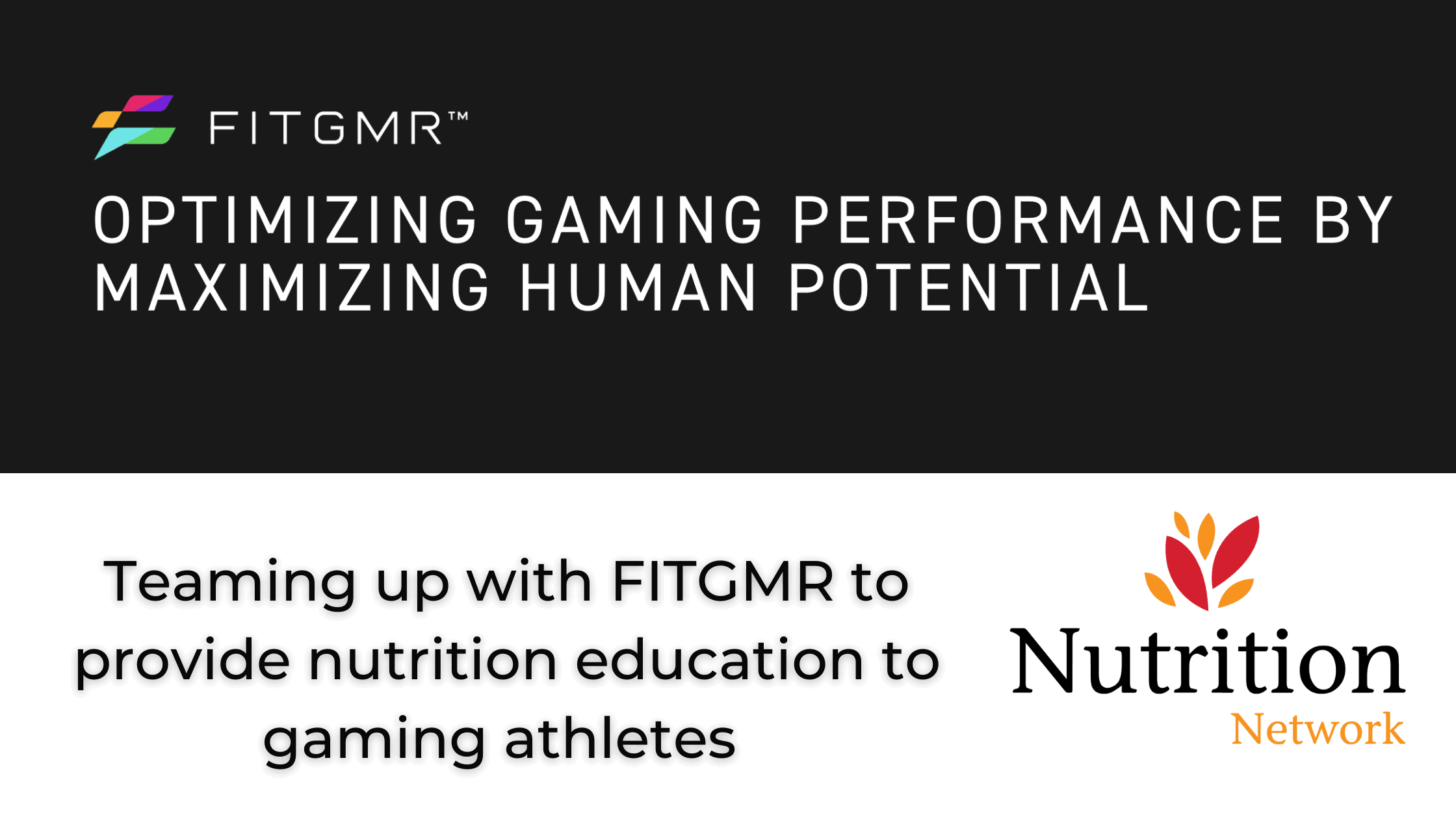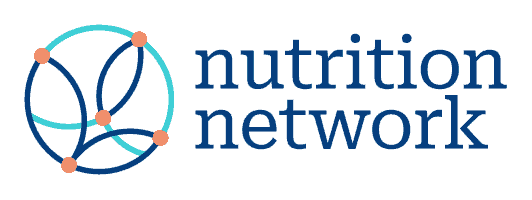
By Tamzyn Murphy RD, MSc
Judging people based on body weight is misinformed and skin deep. Obesity is not a matter of aesthetics. Rather, it’s concerning as an indicator of what’s happening deep beneath the surface; to our metabolic health. Metabolic health is based on blood levels of triglycerides (fats), glucose (sugar), HDL cholesterol, and pressure, as well as fat accumulation in and around the organs (i.e. belly fat) – all of which are risk factors for some of the biggest killers: heart disease, diabetes, and stroke.
|
80% of obese people are metabolically unhealthy, as are 40% of normal-weight individuals (1). This shows that obesity is not the cause of chronic lifestyle-related disease, but it is an indicator in many people. |
Despite dietary guidelines – calling for less dietary fat, cholesterol, and salt; and more carbs, whole grains, and vegetables – and consequent dietary changes over the past 40 years, populations across the globe have gotten fatter and sicker, and at progressively younger ages. Today, around two-thirds of many populations across the globe (including Africa, the Americas, the Asian Pacific, Europe, and the United Kingdom) are overweight or obese (2–4). Women are generally somewhat more overweight than men, with as much as 60-70% of women being overweight or obese in some regions (e.g. South Africa and some Oceania islands). Clearly, overweight and obesity is pervasive and indicative of serious health problems in the majority of our populations, requiring urgent attention.
The good news is that worsening health and rising obesity rates don’t have to continue. National Obesity Week is all about “turning obesity around”. So let’s get started.
Identifying the culprit
The multi-billion dollar question (yes – that’s obesity’s cost) is… “what is making us fat?” If we can answer that then the solution isn’t far behind. There are two main theories (5):
1. The Calories-In-Calories-Out (CICO) model.
This model states that we get fat because we eat more calories (energy) than we burn. This is based on the first law of thermodynamics which states that the energy in a closed system cannot be created or lost but rather only transferred from one form to another. Based on this, the energy from all types of food and nutrients (fat, protein, or carbohydrate) can be quantified and will be processed similarly within the body, irrespective of their source. And the only way to lose or burn this energy is by expending more energy (e.g. via exercise). Indeed, people do lose weight when starved of calories, or when exercising excessively while concurrently reducing food intake. But these situations aren’t sustainable. The trouble with the CICO model is that 1.) humans are not closed systems – energy can be sequestered into embargoed compartments (e.g. adipose tissue [body fat]) or dissipated variably, and importantly, 2.) the body regulates the fate of the nutrients that come in, choosing whether they should be stored as fat, make us hungry or full, or make us want to move or exercise (expend energy) more or less. The types of nutrients (or sources of calories) affect how they are processed (metabolised). As such, nutrients, and the calories they contain, are not created equal, and this model fails, as the body’s drives eventually beat the sheer willpower exerted to get us to simply eat less (limit calories). The result? We just regain any weight lost.
2. The insulin or endocrine model
This model proposes that obesity is caused by a diet that promotes a fat-storing hormonal environment. Science journalist and researcher, Gary Taubes explains:
“carbohydrates are singularly responsible for prompting insulin secretion; 2) insulin is singularly responsible for inducing fat accumulation; 3) dietary carbohydrates are required for excess fat accumulation; and 4) both type 2 diabetics and the obese have abnormally elevated concentrations of circulating insulin.”
What this means is that eating less carbohydrate lowers the fat-storage-promoting hormone, insulin, thereby allowing the body to mobilise and burn stored fat for energy, thereby promoting weight loss/normalisation. It also means we eat less, because we’re less hungry; as previously embargoed fat stores are now accessible for burning and we don’t have to rely on diet for immediate energy (6). So, when we eat less carbohydrate, we eat less and experience less hunger, which assists with body weight.
Eat real food
Over the past few decades, alongside getting fatter and eating more carbohydrate and less fat, we’re eating more processed food. Processed food is particularly good at promoting weight gain because it contains the most fattening forms of carbohydrates, often combined with the most fattening forms or fat:
- Processed food contains more refined carbohydrate and sugars, with less fibre – a particularly obesogenic combination, boosting insulin and (addictive) reward signals in the brain to get both the body and mind to eat more. (7)
- The carbohydrate is usually combined with fat – think ice cream, chocolates, and doughnuts. This combination is more rewarding (addictive) and prone to overeating (8). So that the fat-storing signals from the carbs (insulin) result in both the carbs and fat being directed into fat storage rather than being burned for energy (9).
- The type of fat in processed food is particularly fattening (10). Processed seed and vegetables oils, like sunflower, soybean, and canola oils, that are rich in the omega-6 fat called linoleic acid (LA), promote fat storage more than naturally occurring or cold-extracted oils and fats with lower LA content (e.g. tallow, lard, butter, coconut, olive, avocado, and macadamia nut oils).
Busting weight loss myths
|
Summary & solution
To turn the tide on the scourge of the obesity pandemic, we need to dig deep below the surface and get back to our roots. Say no to modern factory-produced food, full of refined carbohydrates and Frankenfats. Rather eat what humans were made to eat, what our great-great-great grandparents ate before the world was fat and sick.
Quick steps to a healthy body weight
|
In light of National Obesity Week, The Nutrition Network is providing you with access to a free lecture by Dr Hassina Kajee on The Metabolic Effects of Adipose Tissue as an Endocrine Organ. Click here to view your free lecture today! Dr Hassina Kajee is an integrative specialist physician with a private practice and is also a medical director of the Nutrition Network. In this lecture, she discusses the role of adipose tissue in metabolic and immunological health.
Claim your 20% off The Nutrition Network’s Obesity Risk and Reversal Elective! Click here to enrol and use the coupon code OBESITYWEEK at checkout.
Obesity: Risk and Reversal Training is an elective designed for Medical and Allied Health Care Professionals on the topic of obesity, the risks associated with it, and how therapeutic carbohydrate restriction and keto nutrition may be used in clinical practice to manage and reverse obesity and its associated conditions. This elective is worth 12 CPD/CME hours.
References:
- Lustig RH. Fat Chance: Beating the Odds Against Sugar, Processed Food, Obesity, and Disease. [Internet]. Avery; 2013 [cited 2023 Jan 12]. Available from: https://www.amazon.com/Fat-Chance-Beating-Against-Processed/dp/0142180432
- Nicolle L. Almost 60% of adults in Europe are overweight or obese [Internet]. Geriatric Medicine Journal. 2022 [cited 2023 Jan 12]. Available from: https://www.gmjournal.co.uk/almost-60-of-europe-s-adult-population-is-overweight-or-obese-finds-new-report
- Obesity: Is your waistline killing you? [Internet]. Western Cape Government. [cited 2023 Jan 12]. Available from: https://www.westerncape.gov.za/general-publication/obesity-your-waistline-killing-you
- How Fat is America? An Overview of Obesity Statistics (2022) – Livin3 [Internet]. Livin3 | Science-Backed Health, Fitness & Wellness. 2021 [cited 2023 Jan 12]. Available from: https://www.livin3.com/obesity-statistics
- Taubes G. The energy balance model compared with the carbohydrate-insulin model. Am J Clin Nutr. 2022 Aug 1;116(2):612–4.
- Ludwig DS, Friedman MI. Opinion | Always Hungry? Here’s Why. The New York Times [Internet]. 2014 May 16 [cited 2023 Jan 12]; Available from: https://www.nytimes.com/2014/05/18/opinion/sunday/always-hungry-heres-why.html
- Taubes G. The science of obesity: what do we really know about what makes us fat? An essay by Gary Taubes. BMJ. 2013 Apr 16;346(apr15 5):f1050–f1050.
- DiFeliceantonio AG, Coppin G, Rigoux L, Edwin Thanarajah S, Dagher A, Tittgemeyer M, et al. Supra-Additive Effects of Combining Fat and Carbohydrate on Food Reward. Cell Metab. 2018 Jul 3;28(1):33-44.e3.
- Lipogenesis – an overview | ScienceDirect Topics [Internet]. [cited 2023 Jan 12]. Available from: https://www.sciencedirect.com/topics/agricultural-and-biological-sciences/lipogenesis
- Naughton SS, Hanson ED, Mathai ML, McAinch AJ. The Acute Effect of Oleic- or Linoleic Acid-Containing Meals on Appetite and Metabolic Markers; A Pilot Study in Overweight or Obese Individuals. Nutrients. 2018 Sep 26;10(10):1376.
- Schermel A, Wong CL, L’Abbé MR. Are foods with fat-related claims useful for weight management? Appetite. 2016 Jan 1;96:154–9.
- FLACK KD, HAYS HM, MORELAND J, LONG DE. Exercise for Weight Loss: Further Evaluating Energy Compensation with Exercise. Med Sci Sports Exerc. 2020 Nov;52(11):2466–75.
- Welton S, Minty R, O’Driscoll T, Willms H, Poirier D, Madden S, et al. Intermittent fasting and weight loss: Systematic review. Can Fam Physician. 2020 Feb 1;66(2):117–25.
- Feinman RD, Fine EJ. ‘A calorie is a calorie’ violates the second law of thermodynamics. Nutr J. 2004 Jul 28;3(1):9.
